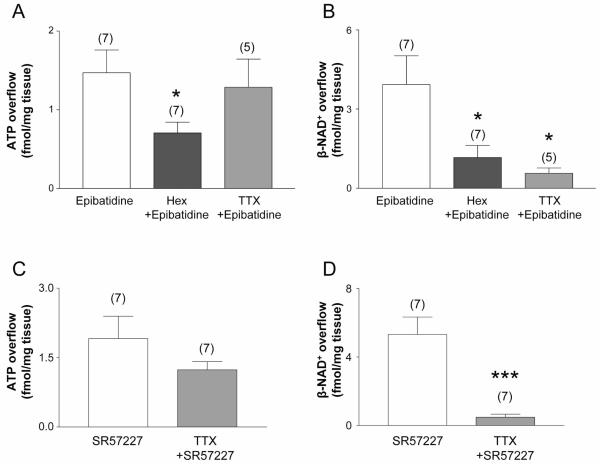Fig. 3. ATP and β-NAD+ release during stimulation of nAChRs and 5-HT3Rs in mouse colon.
A and B show release of (A) ATP and (B) β-NAD+ during activation of nAChRs with epibatidine (500 μM, 30 s) in the absence and presence of hexamethonium (Hex, 500 μM for 30 min) or tetrodotoxin (TTX, 0.5 μM for 30 min) in mouse colon. Averaged data are means ± SEM. Overflow (femtomoles per milligram of tissue) is the overflow during nAChR activation less spontaneous overflow. Activation of nAChRs with epibatidine evoked release of ATP and β-NAD+ that was inhibited by the nAChR antagonist hexamethonium. The epibatidine-evoked release of β-NAD+, but not ATP, was reduced by TTX. Asterisks denote significant differences from epibatidine-evoked release (*P < 0.05); number of experiments in parenthesis. C and D show release of (C) ATP and (D) β-NAD+ during activation of 5-HT3 receptors with SR57227 (500 μM, 30 s) in the absence and presence of TTX (0.5 μM, 30 min) in mouse colon. Averaged data are means ± SEM. Overflow (femtomoles per milligram of tissue) is the overflow during 5-HT3 receptor activation less spontaneous overflow. The SR57227-evoked release of β-NAD+, but not ATP, was reduced by the neural blocker TTX (0.5 μM, 30-min perfusion). Asterisks denote significant differences from SR57227-evoked release (***P < 0.001); number of experiments in parenthesis.

